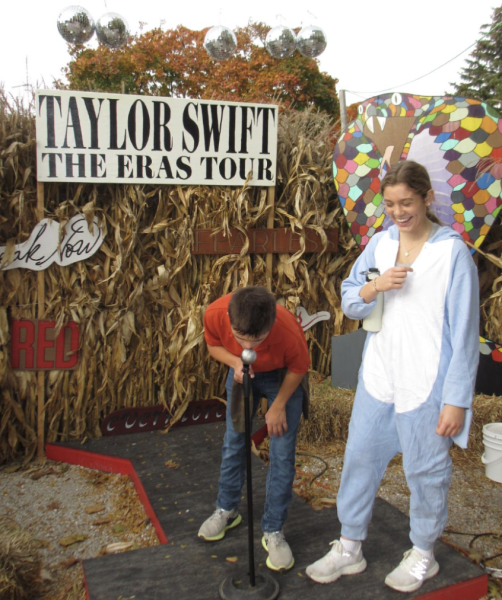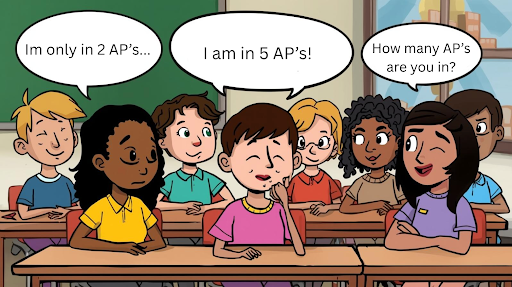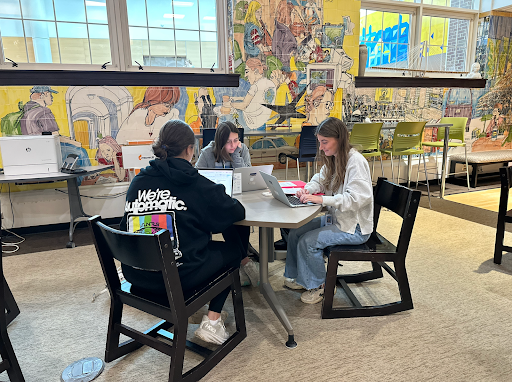Field trips are often known for high schoolers as a time to miss school and an excuse to escape the workload that comes with daily life.
Many field trips, though, have become more than just time off. There are days when individuals can come together and enjoy each other’s company, often not in an educational setting.
A class specifically that has engineered the joy of field trips is my Integrated Wellness class.
On Oct. 30, we went to Wisconsin to go pumpkin picking, feed goats, and take fun pictures with one another. This was followed by a trip to a nearby park, where we carved our pumpkins and toasted s’mores.
Spending an entire day as a class without being surrounded by the school’s walls was essential to building an even stronger bond in the classroom.
The unique circumstances of the field trip activities allowed me to step out of my comfort zone and grow friendships with people I had never spent time with outside of school. As a result, I comprehended the importance of allowing more field trips, as they yield positive student connections.
In a study conducted by Brigham Young University, researchers discovered that students who went on three different field trips in fourth or fifth grade gained better exam scores and higher grades, were absent far less, and reduced their behavioral problems.

These benefits are necessary for genuine success in all students and will provide them with positive in-school and out-of-school performance.
Some teachers believe field trips will cause students to fall behind in their classes and struggle to make up the needed work. Although this can be perceived as a problem, it is truly worth the make-up assignments because by not going on field trips, students might miss out on community-building activities that could change the trajectory of how they perceive and enjoy time in the class.
Although field trips are friendly and fun, they are also educational outlets for students. Rather than the day-to-day learning being arranged as a regular school day, it is unique, making it enjoyable for all involved.
Margy Natalie, the learning manager at the Smithsonian Institution’s National Air and Space Museum, noted that field trips allow students to educate themselves in a natural environment and experience things first-hand, for instance, from real objects rather than just images.
Field trips also prepare students for the real world by exposing them to experiences in which children interact with adults and others they do not see daily.
Communicating with adults is an essential step in growing up for students and will set them up for challenges and hardships in the future.
Expanding the relationships between classmates through field trips is essential for gaining the benefits of an educational setting while still having fun!








